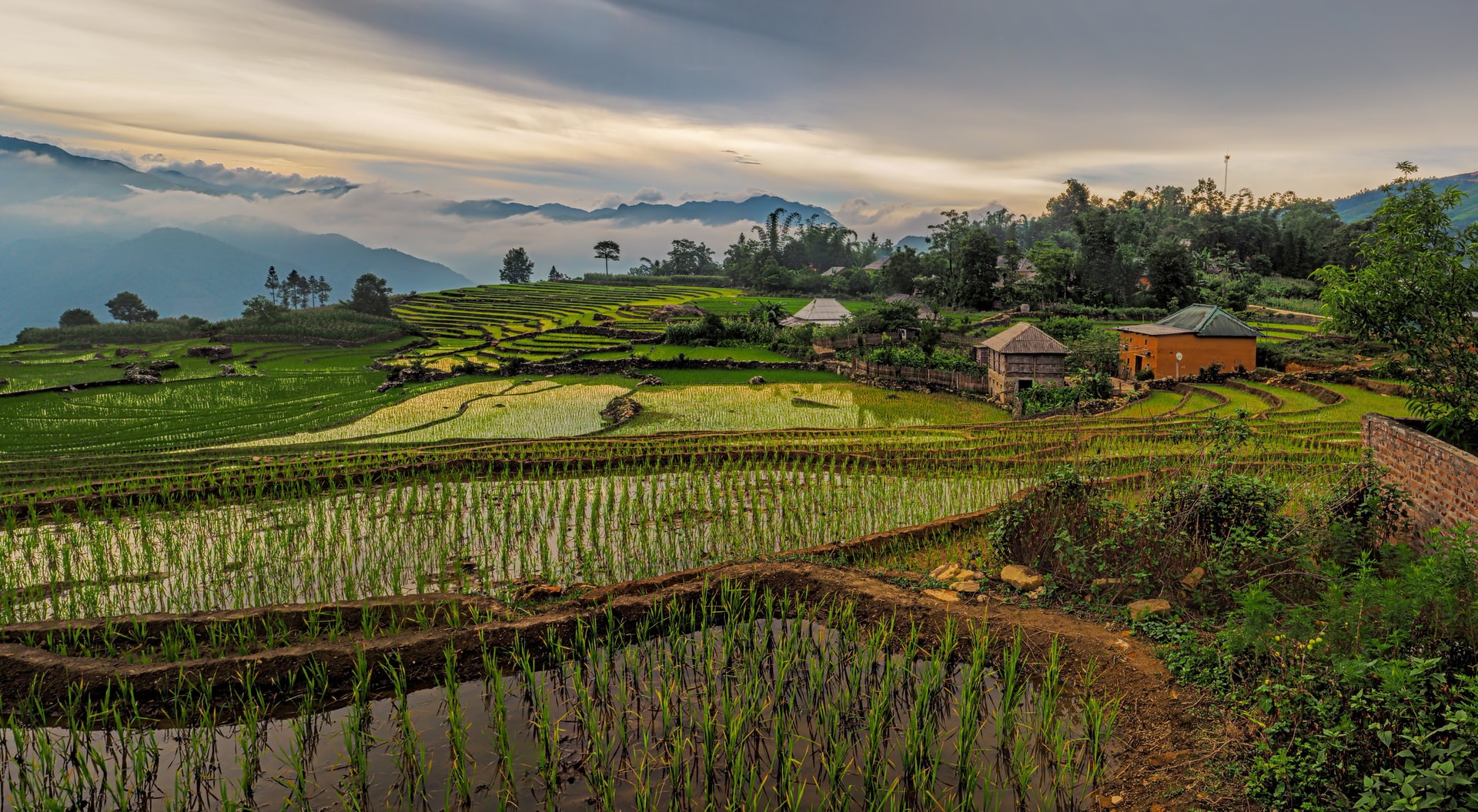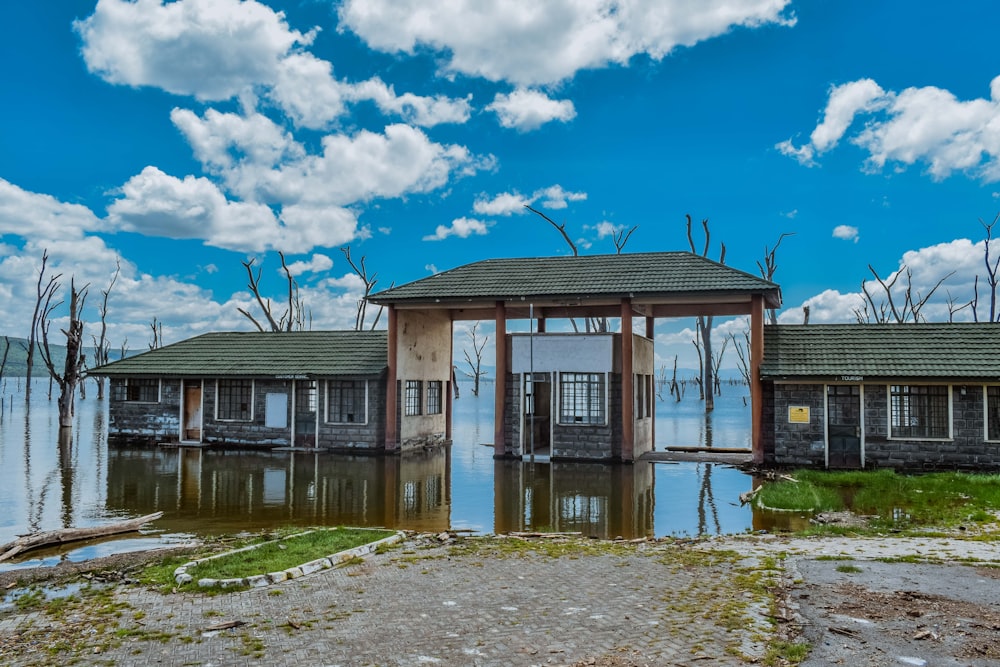Environmental Conditions and Food Security

Food security, or having physical and economic access to sufficient, safe, and nutritious food, is becoming increasingly threatened as atmospheric conditions shift. These changes in our environment result in less fertile soil and less ideal growing conditions, which ultimately, reduces crop yields.
How Do Rising Temperatures Affect Food Security?
Greater concentrations of CO2 in the atmosphere have already begun to impact staple crops around the world. Not only does a warmer climate itself impact crops, but high temperatures can also cause an increased frequency of environmental conditions such as extreme weather events, rising sea levels, the persistence of pests, and high variabilities in rainfall. These unpredictable environmental issues create a less stable environment that producers cannot rely on for their crops.

Disproportionate Effects
Although environmental issues are a global problem, developing nations and low-income people feel the effects of environmental issues more severely than developed countries.
Though 26.4% of the world population in 2019 suffered from moderate to severe food insecurity, high concentrations of that percentage drew from sub-Saharan Africa, a region notably vulnerable to environmental problems. Developing countries as well as low-income people are most vulnerable to these environmental issues and also have fewer resources to adapt to them. Consequently, they are also most at risk of being food insecure.
CASE STUDY: Bangladesh
Bangladesh is an example of a developing country that disproportionately bears the brunt of environmental issues, and as a result, also struggles with food security. ⅔ of Bangladesh is located less than five meters above sea level, making the country’s food system especially vulnerable to rising sea levels, extreme weather events, floods, and droughts. These environmental issues can affect food security by destroying farm production, closing businesses, creating water irrigation shortages, and causing saltwater intrusion.

Bangladesh has taken steps to increase its resilience against environmental problems and therefore protect its food security. The Bangladeshi government has increased its capacity to respond to emergencies, they have strengthened river embankments to protect against flooding, and they have reduced saline water intrusion, especially in areas dependent upon agriculture. Banks have also funded projects in the poorest regions to build desalination plants and solar-powered irrigation systems, raise homes to protect from flooding, and help livelihoods insulated from extreme weather events.
CASE STUDY: Nigeria
Another example of how atmospheric conditions affect a country’s food system is Nigeria. Nigeria has an agrarian economy: 46.71% of their 2019 GDP came from agriculture.
Their economy is becoming gradually less stable though as atmospheric conditions intensify the variability in rainfall. High rainfall variability means high food poverty, which can be especially detrimental to a country that relies so heavily on agriculture for its economy.

Nigerians have taken solutions to combat the environmental issues they face. For example, they have improved their weather prediction technology, adopted appropriate water management strategies, and phased in weather indexed agriculture.
Solutions
A country’s solution to environmental issues and food insecurity depend on the culture and the needs of the country itself. Some countries prosper through mitigative strategies while others require adaptive approaches. Communities are transitioning to agroecology in order to supply food to their people in a sustainable way. For example, inner-city areas have taken on urban gardens to provide local produce to their community that is grown in a sustainable way. Cities have also developed hydroponics which is a technology that provides produce to the community in a local and water-conserving way. Other ways that we can develop our food systems into being resilient against environmental concerns are by using fertilizer more efficiently, reducing food waste, and purchasing groceries locally.
Culturally Appropriate Solutions
The characteristics of a country’s climate, economy, and way of life determine how atmospheric changes impact their food system specifically. Just as environmental issues affect countries specific to their lifestyle and specific to their climate, solutions to environmental issues should be specific to the needs of the country and implemented in a way that works efficiently for the country so that they can have secure access to crops and food.
There is no “one-size-fits-all-solution” to environmental concerns and hunger, so it is important for countries to decide for themselves the best way to approach combating rising temperatures and food insecurity. Food sovereignty, or the right to define one’s own food system that provides healthy and culturally appropriate food through ecologically sound methods, is essential to guarantee a solution that is best for a specific community. Whatever the defined food system is, the fact that it is chosen by the community ensures that the community can protect their food security in a sustainable and resilient way regardless of the impacts of atmospheric changes.


Leave a Reply